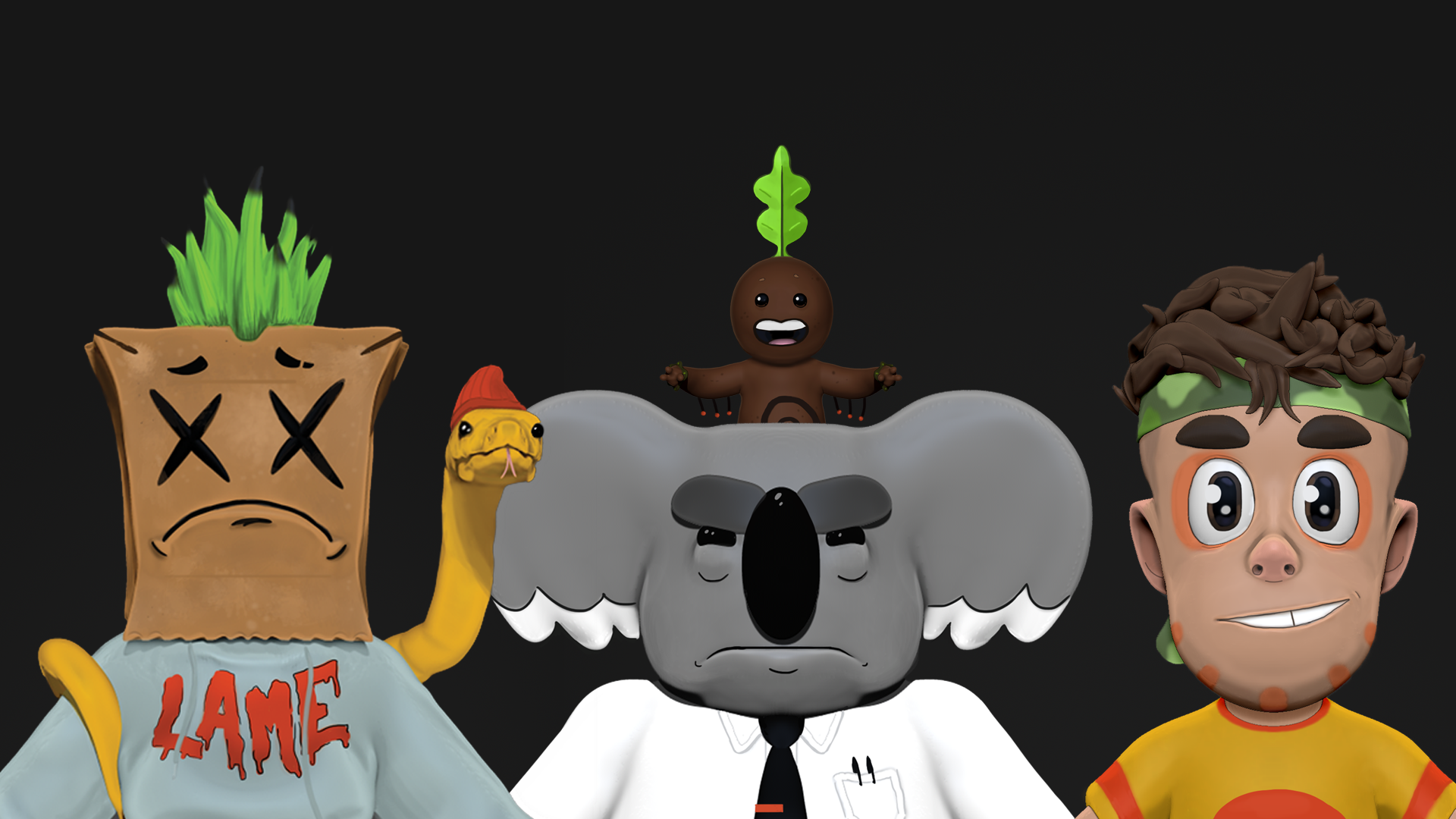瓷龙
The Porcelain Dragon
The story of the Porcelain Dragon is ancient tale, dating back centuries to the end of the Song Dynasty and beginning of the Yuan Dynasty. In Jingdezhen, the imperial porcelain center of China, there worked a young craftsman named Li Jun. Li Jun came from a poor family, but was remarkably talented at sculpting with kaolin clay- so much so, that his work eventually earned the attention of the emperor. Appearing before the emperor in his court, Li Jun was instructed to create a piece that was unlike any the world had ever seen. This piece would be a symbol for the new dynasty, and should the emperor enjoy it, Li Jun would earn a place in the palace as the royal sculptor.
With the pressure on, Li Jun contemplated the piece that would truly honor China and impress the emperor. After several weeks of planning and executing the piece, Li Jun returned to the emperor. With the entire court watching, he unveiled his creation: a white and cobalt porcelain guandao. The attendees burst into laughter. What good is a weapon made out of porcelain? The emperor demanded to know the meaning of it at once, to which Li Jun explained. The guandao was imbued with special power, making it so as long as the noblest person on a battlefield wielded it, it would not crack or break, but would give them the power of a dragon.
Feeling humiliated in front of his court, the emperor banished Li Jun. With his curiosity piqued, however, the emperor chose his best warrior and gave him the porcelain guandao to take into battle. Sitting atop a hill, the emperor watched as his warrior ruthlessly sliced through the opposing forces with the swiftness and dexterity of a dragon.
Li Jun was summoned back at once, and instated as the royal sculptor. For his next pieces, he created forearm guards, a belt, a pauldron (shoulder guard), boots, and of course, a helmet. Each of these was extremely beautiful, and each one impressed the emperor greatly. With the armor fully completed, the emperor suited up, and got ready to head to the battlefield. Before he left, the emperor asked Li Jun to produce more porcelain guandaos so that his entire army could have the swiftness and power of the dragon.
Li Jun refused, as that power was only meant to be harnessed by one man. His refusal angered the emperor, who picked up the porcelain guandao and charged towards Li Jun. Unbothered, Li Jun calmly reached into his pocket, took hold of a small stone, and threw it towards the emperor. The stone hit the emperor in the chest, and he instantly shattered into a million pieces, for he was not the noblest man on the battlefield. Li Jun smiled, collected his tools, and left the palace. Though he never created more porcelain weapons or armor, it is said that the spirit of the porcelain dragon still lives on, aiding those who are noble in battle.
A wise and ancient chihuahua who seeks out and serves the noblest in the land: those worthy of the power of the Porcelain Dragon
Miso the Chihuahua









